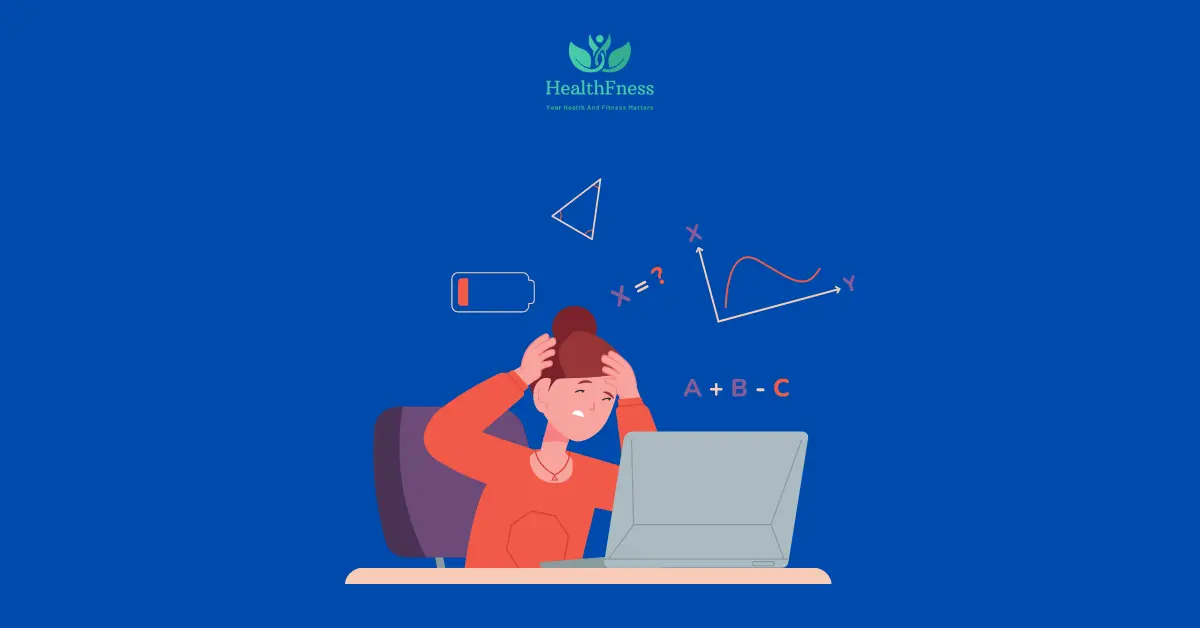Attention Deficit Hyperactivity Disorder (ADHD) is a neurodevelopmental disorder characterized by persistent patterns of lacking in attention, hyperactivity, and impulsivity.
These behaviors can obviously impact daily life, affecting academic performance if a person is studying, work life, and social interactions. This disorder is commonly diagnosed in childhood, but symptoms can persist into adulthood, necessitating ongoing management and support.
ADHD vs. Non-ADHD: Key Differences Explained
Let’s understand this difference in the form of the table:
| Aspect | Individuals with ADHD | Individuals without ADHD |
|---|---|---|
| Attention | Lacking of attention | Can regulate and maintain attention effectively |
| Task Completion | Challenges with completing tasks requiring sustained focus | Typically complete tasks with sustained focus |
| Organization | Often disorganized and forgetful | Generally more organized and able to remember tasks |
| Hyperactivity | Excessive fidgeting, restlessness | Usually able to stay seated and calm |
| Impulsivity | Acts without thinking to interrupt others | More likely to think before acting, less interruptive |
| Behavior in Structured Settings | Struggles with sitting still and following routines | Adapts well to structured settings and routines |
| Academic Performance | Often inconsistent, may underperform | More consistent academic performance |
| Social Interactions | May struggle with social cues, and often interrupts | Better at picking up social cues, less interruptive |
| Long-term Planning | Difficulty with long-term planning and goal setting | More capable of setting and achieving long-term goals |
| Emotional Regulation | May experience emotional dysregulation | Typically better at managing emotions |
Who is More Likely to Develop ADHD?
Like any other disease or disorder, there is no single factor that can cause Attention deficit hyperactivity disorder several factors are combined to form this disorder.
Including genetics and environmental influences.
- Studies indicate that ADHD tends to run in families, suggesting a strong genetic component.
- Prenatal factors, such as exposure to tobacco smoke, alcohol, or drugs during pregnancy, can also increase the risk.
- Environmental factors, including exposure to lead and other toxins, as well as low birth weight and premature birth, have been linked to higher ADHD prevalence.
Symptoms of ADHD
This metal illness symptoms are typically categorized into two types:
No 1 Inattention
Inattentive symptoms include difficulty sustaining attention/focus, frequent careless mistakes (it becomes behavior), and disorganization.
No 2 Hyperactivity-impulsivity
Hyperactivity-impulsivity symptoms involve excessive fidgeting, an inability to stay seated, and interrupting others.
But these symptoms are not all other symptoms despite these symptoms can also be seen in individuals. Everybody has their own personality and everyone is different.
Children with Attention deficit hyperactivity disorder might be more hyperactive, while adults often exhibit more inattentive symptoms.
ADHD in Men vs. Women: Are the Symptoms the Same?
This disorder manifests differently in men and women. Historically, this disorder was considered more common in males, but recent research indicates that it is often underdiagnosed in females.
Women with ADHD tend to have more inattentive symptoms, which can be less disruptive and more easily overlooked than hyperactive symptoms.
This discrepancy in symptom presentation can lead to delayed or missed diagnoses in females, impacting their access to appropriate treatment and support. For a detailed exploration, refer to the Knowable Magazine article on ADHD in girls and women.↗
If you want to know about Bipolar Disorder: Symptoms, Treatment, Medication (2024) Read this article.
Living with ADHD: Strategies for Success
Managing this mental illness effectively involves a combination of strategies tailored to the individual’s needs. Practical tips for daily management include:
- Organization Tools: Using planners, apps, and reminders to keep track of tasks and deadlines.
- Break Tasks into Smaller Steps: Tackling projects into manageable chunks to avoid feeling overwhelmed/tired without doing anything.
- Create a Routine: Establish consistent daily routines to build the structure.
- Mindfulness and Relaxation Techniques: Practices like meditation and yoga can help improve focus and reduce stress.
The Impact of ADHD on Mental Health
This disorder often co-occurs with other mental health conditions, such as anxiety and depression. Because when you are unable to do your daily tasks on time and lack focus you will feel anxious and eventually go into depression.
These conditions can exacerbate ADHD symptoms and complicate treatment. It’s crucial to address all aspects of an individual’s mental health for comprehensive care.
Treatment approaches, combining medication, therapy, and lifestyle modifications, can significantly improve outcomes. For more insights, see the study published in BMC Psychiatry.↗
ADHD in the Workplace: Challenges and Solutions
Individuals with this mental illness may face unique challenges in professional settings, including difficulties with time management, organization, and maintaining focus.
Employers can support employees with ADHD by offering
- Flexible work arrangements
- Providing clear instructions
- Allowing regular breaks
Employees can benefit from using organizational tools, prioritizing tasks, and seeking support from colleagues or mentors.
Conclusion
Understanding and managing Attention deficit hyperactivity disorder is a continuous journey. Awareness, early diagnosis, and personalized treatment are crucial for improving the quality of life for individuals with ADHD.
Ongoing research, such as the study highlighted in SAGE Journals↗, continues to advance our knowledge and treatment options. Embracing ADHD involves recognizing its challenges and leveraging its unique strengths to achieve personal and professional success.

